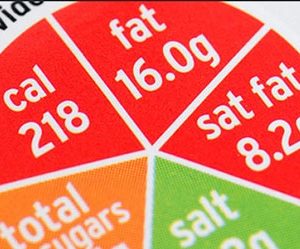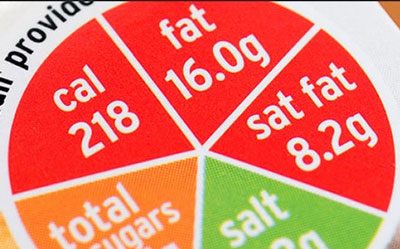Legal necessity or an essential tool for improving profits?
12 May 2010 | By Kathryn Anne-Marie Donnelly, Norwegian Institute of Food, Fisheries and Aquaculture Research - Nofima
Traceability is gaining importance in order to satisfy legal, consumer and supply chain demands. Traceability of seafood is now recognised as being of particular importance due to the harvesting of wild fish. The Norwegian Institute of Food, Fisheries and Aquaculture Research (Nofima) covers all food sectors and links in the…






